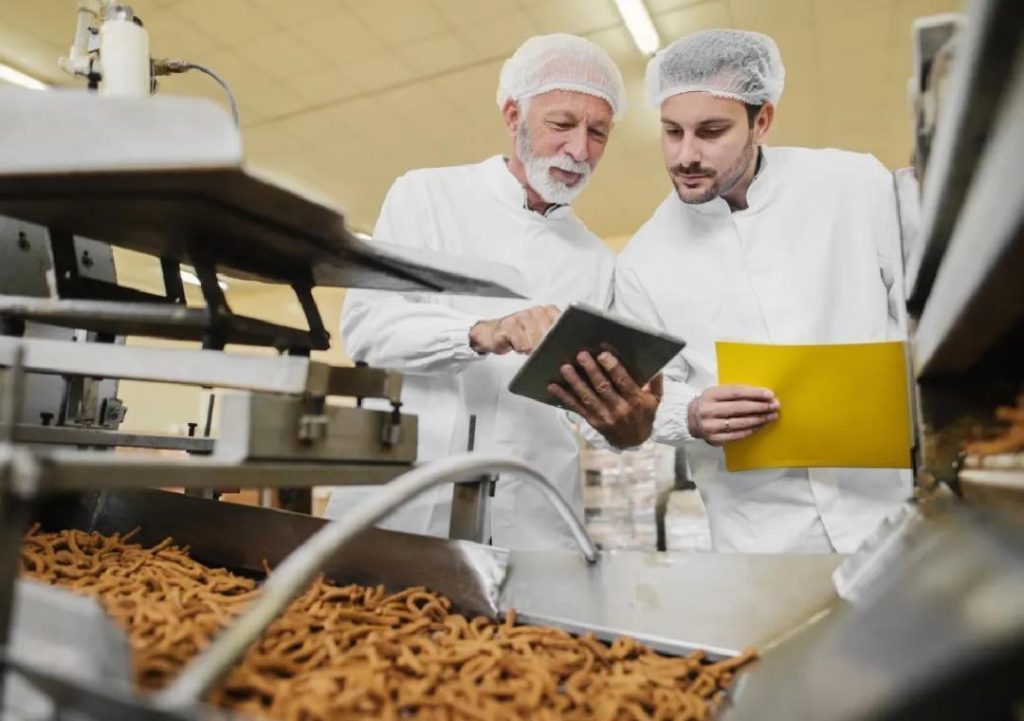
Can P&L Optimisation Redefine Success in Food Technology?
The food technology industry has witnessed significant growth in recent years, driven by increasing demand for convenient, healthy, and sustainable food options. With the rise of e-commerce, meal kits, and food delivery services, food technology companies are facing unprecedented challenges in managing their profit and loss (P&L) operations. To stay ahead of the competition, companies are adopting innovative strategies to streamline their P&L operations, optimize profitability, and ensure sustainable growth.
One of the key areas of focus is P&L optimisation, which involves using automation, smart inventory systems, and data analytics to improve profitability. By leveraging these tools, food technology companies can cut waste, sharpen demand forecasting, and support better decision-making. In this blog post, we will explore how P&L optimisation can redefine success in the food technology industry and discuss the strategies being adopted by companies to achieve this goal.
The importance of P&L optimisation in food technology
Food technology companies operate in a highly competitive environment, with thin profit margins and high operating costs. To stay profitable, companies must maximise revenue while minimising costs. P&L optimisation plays a critical role in achieving this goal by ensuring that companies are using their resources efficiently and effectively.
P&L optimisation involves identifying areas of waste and inefficiency in the production process, and implementing changes to reduce costs and improve profitability. This may involve streamlining operations, renegotiating contracts with suppliers, and implementing cost-saving technologies. By optimising their P&L operations, food technology companies can improve their bottom line, increase profitability, and stay competitive in the market.
Strategies for P&L optimisation in food technology
Food technology companies are adopting a range of strategies to optimise their P&L operations. Some of the key strategies being used include:
- Automation: Automation is a key area of focus for food technology companies looking to optimise their P&L operations. By automating tasks such as inventory management, supply chain management, and production planning, companies can reduce costs, improve efficiency, and increase productivity.
- Smart inventory systems: Smart inventory systems use data analytics and machine learning to optimise inventory levels, reduce waste, and improve supply chain efficiency. These systems can identify trends and patterns in demand, and adjust inventory levels accordingly.
- Data analytics: Data analytics is another key area of focus for food technology companies looking to optimise their P&L operations. By analysing data on sales, production, and inventory levels, companies can identify areas of waste and inefficiency, and implement changes to improve profitability.
- Scalable models: Food technology companies are also adopting scalable models to ensure sustainable growth and profitability. Scalable models involve designing and implementing systems that can be easily scaled up or down to meet changing demand.
- Supply chain optimisation: Supply chain optimisation is another key area of focus for food technology companies looking to optimise their P&L operations. By optimising their supply chain, companies can reduce costs, improve efficiency, and increase profitability.
Case studies: How food technology companies are achieving P&L optimisation
Several food technology companies have achieved significant improvements in their P&L operations by adopting the strategies outlined above. Here are a few case studies:
- Meal kit company, Blue Apron, has implemented a range of cost-saving measures, including automation and supply chain optimisation. By streamlining its operations, Blue Apron has been able to reduce costs and improve profitability.
- Food delivery company, Grubhub, has also implemented cost-saving measures, including automation and data analytics. By using data analytics to optimise its delivery routes, Grubhub has been able to reduce costs and improve profitability.
- Meal kit company, HelloFresh, has implemented a range of cost-saving measures, including automation and supply chain optimisation. By streamlining its operations, HelloFresh has been able to reduce costs and improve profitability.
Conclusion
P&L optimisation is a critical area of focus for food technology companies looking to improve profitability and stay competitive in the market. By adopting strategies such as automation, smart inventory systems, data analytics, scalable models, and supply chain optimisation, companies can reduce waste, improve efficiency, and increase profitability. As the food technology industry continues to evolve, P&L optimisation will play an increasingly important role in ensuring the success of food technology companies.
References:
https://www.growthjockey.com/blogs/p-and-l-operations-in-food-tech






